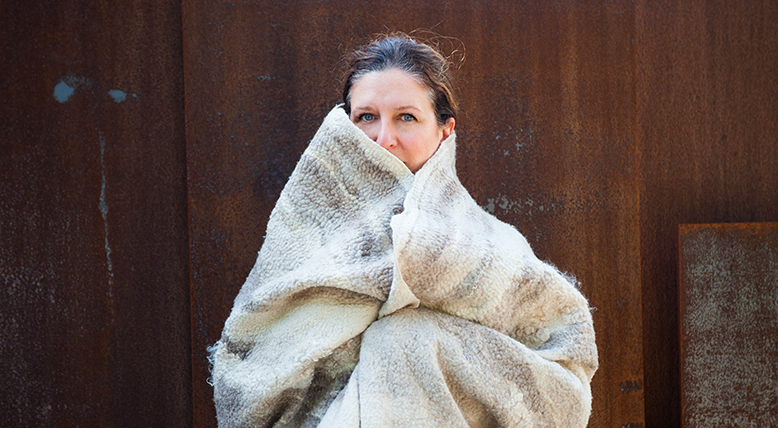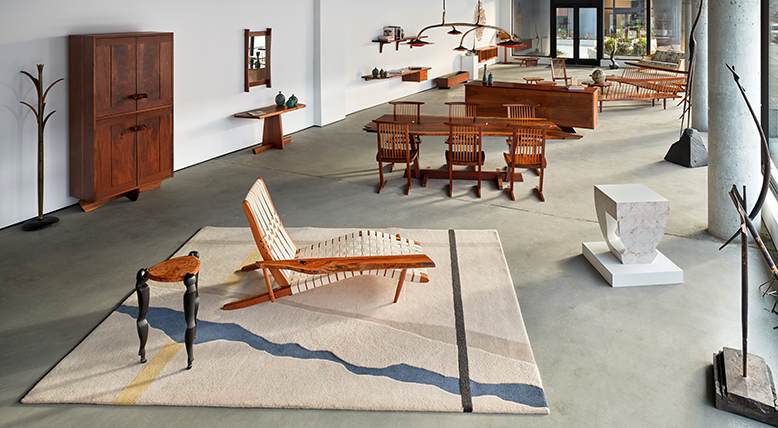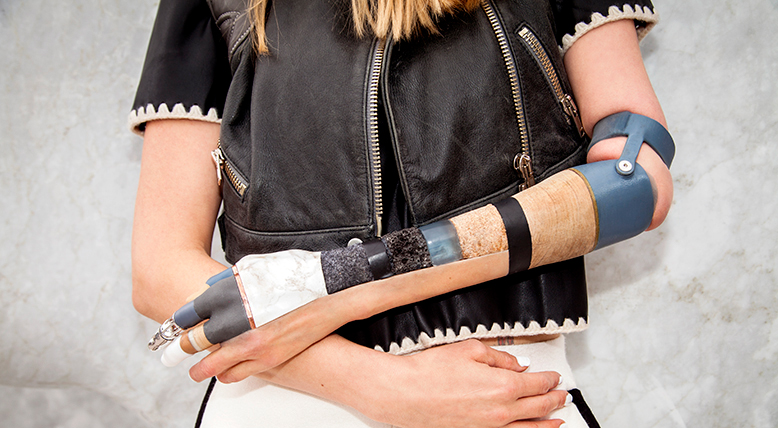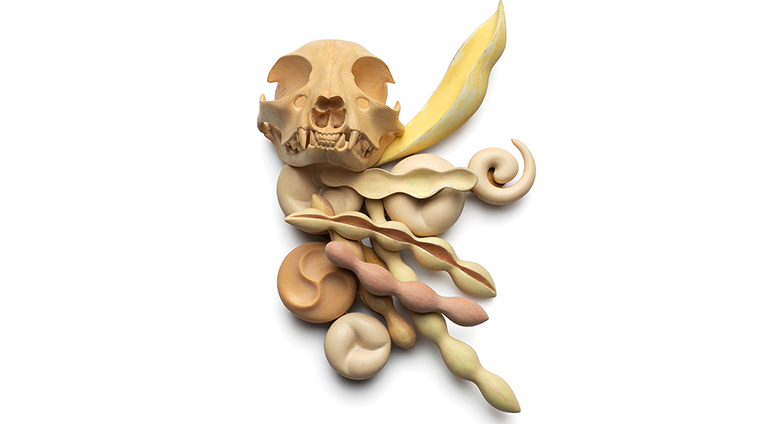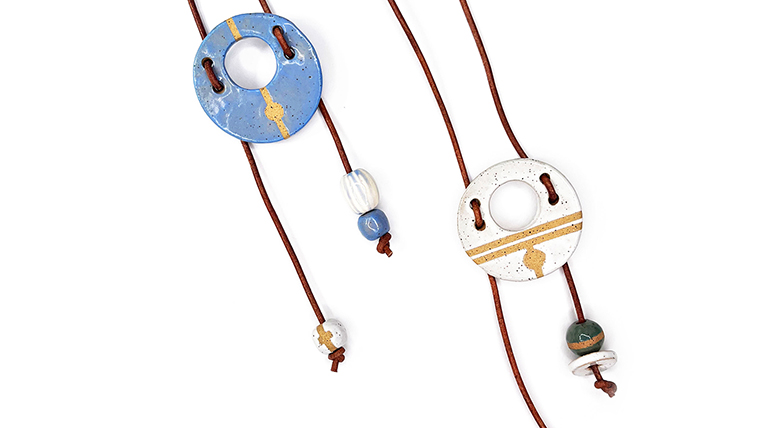I have vivid memories of the summer days of my childhood in South Korea—of the annual commemoration day of my family’s ancestors, called jesa, which took place on the anniversary of my great-grandfather’s death. We would arrive at my grandparents’ home early in the morning to the aroma of vegetables and fish being cooked in a skillet. Like many Korean ceremonies, jesa is largely centered on food. We pay homage to our ancestors by offering a feast of more than 20 different dishes, accompanied by rice wine and incense. After a full morning of cooking, when it was time to set the table, my grandmother would open the closets and bring out the bronze tableware called yugi. The soft golden bowls shaped by fire and skilled hands carried a sense of mysticism and grace. Possessed by the beauty of the bowls, I watched as each portion of vegetable and rice was carefully transferred into them to be presented to our ancestors.
Following the ceremony, my grandmother would guide us out of the room to give the ancestors privacy while eating, leaving the door slightly ajar so they wouldn’t feel trapped. I always imagined peeking through the gap to see the semi-transparent figures of old Korean men floating over the table, indulging in the delicacies in the golden bowls. A yugi dish is not only a beautiful vessel to hold food but also a medium that forges transgenerational connections, from the present to the past, the living to the deceased.
The traditional bangjja method of forging yugi—including dishes, bowls, spoons, and chopsticks—is a rigorous and delicate process. Often called “the harmony of a thousand strikes,” it requires the strength and precision of multiple craftsmen to heat and hammer the bronze plate into form while it endures the fiery furnace. As for the yugi bronze itself, it’s made by melting tin and copper together in a precise ratio; the result is a radiant, strong metal with a unique set of properties. It is known for its heat retention capabilities as well as its ability to sterilize bacteria and to change color when in contact with poison.



